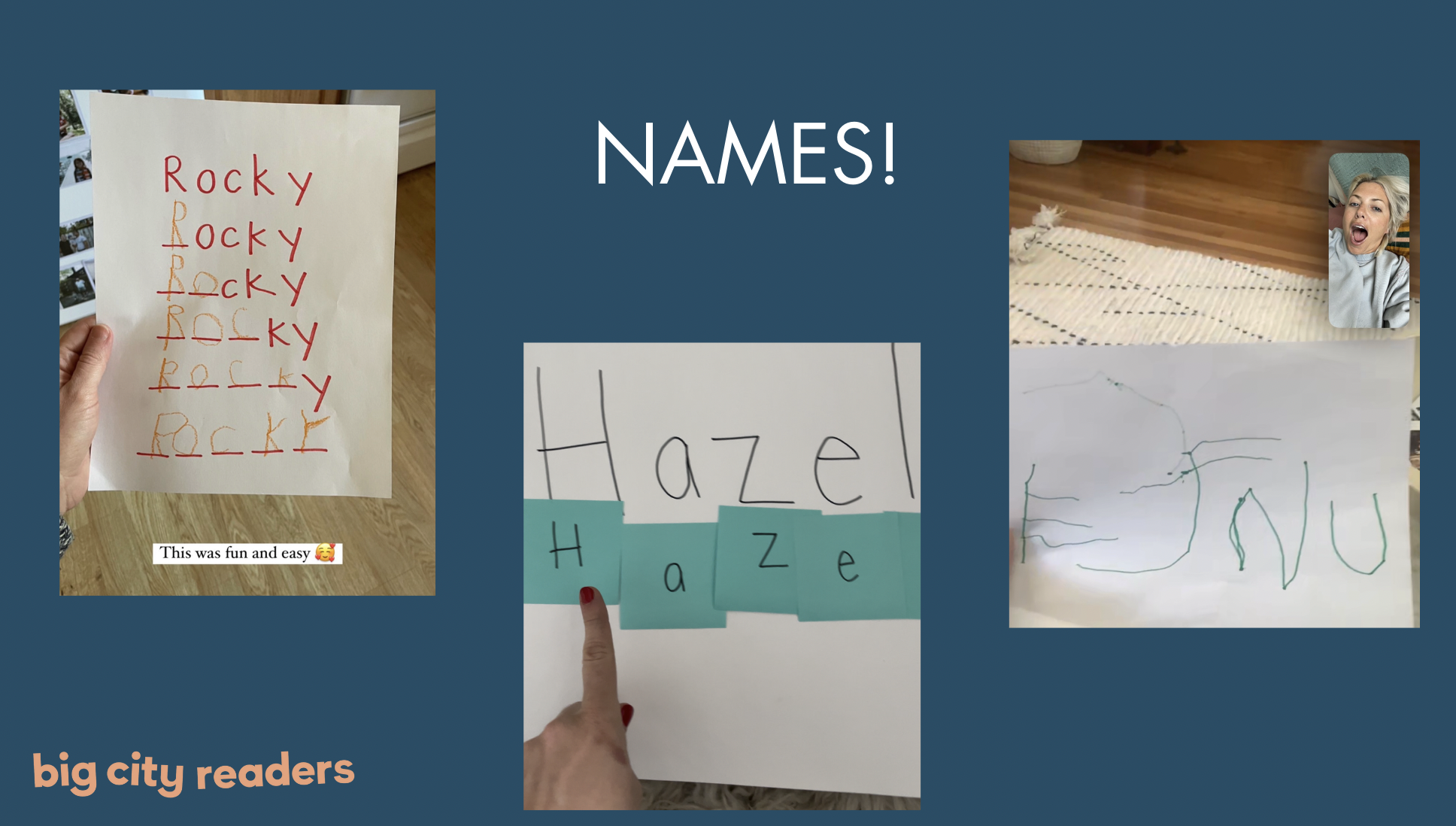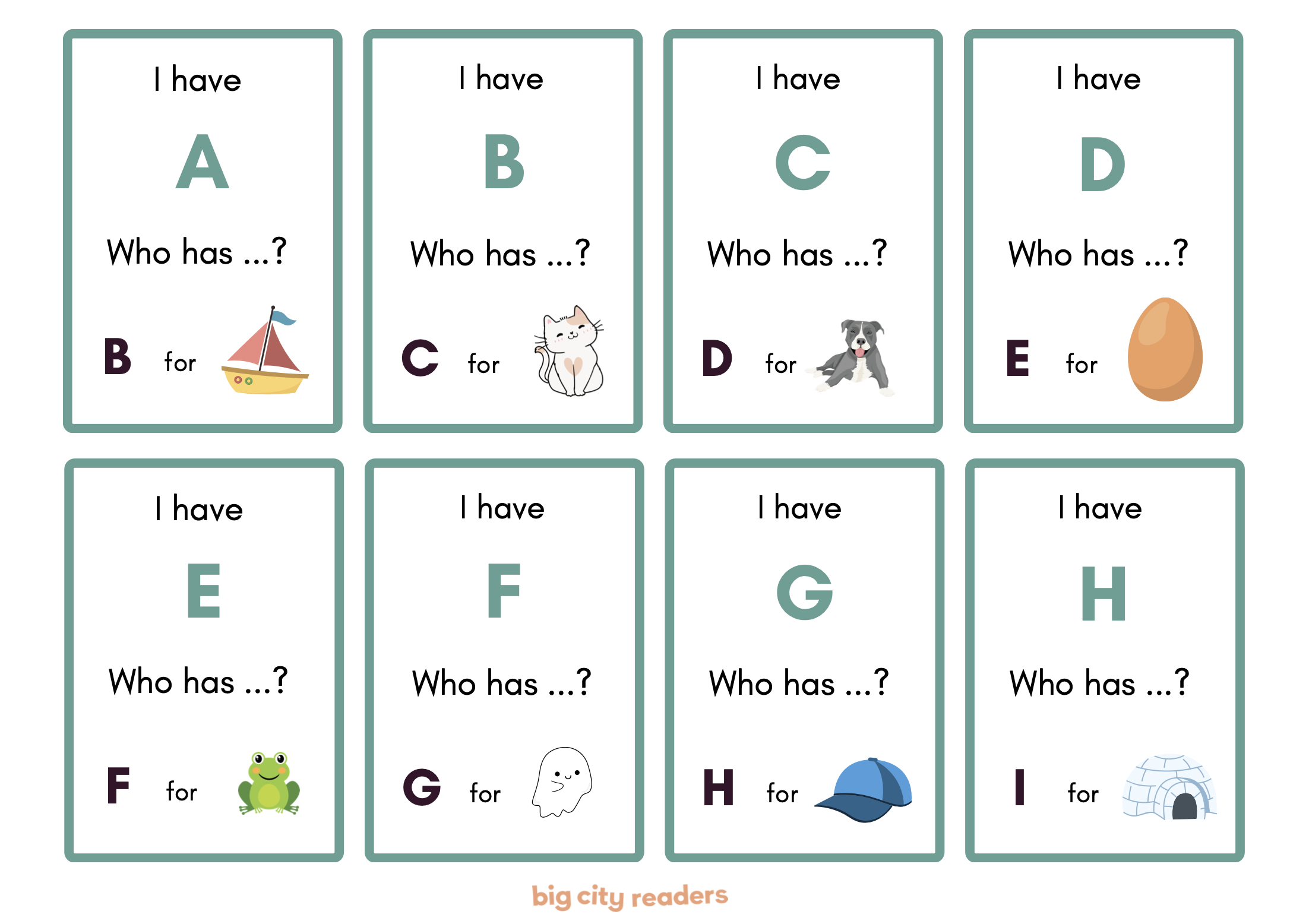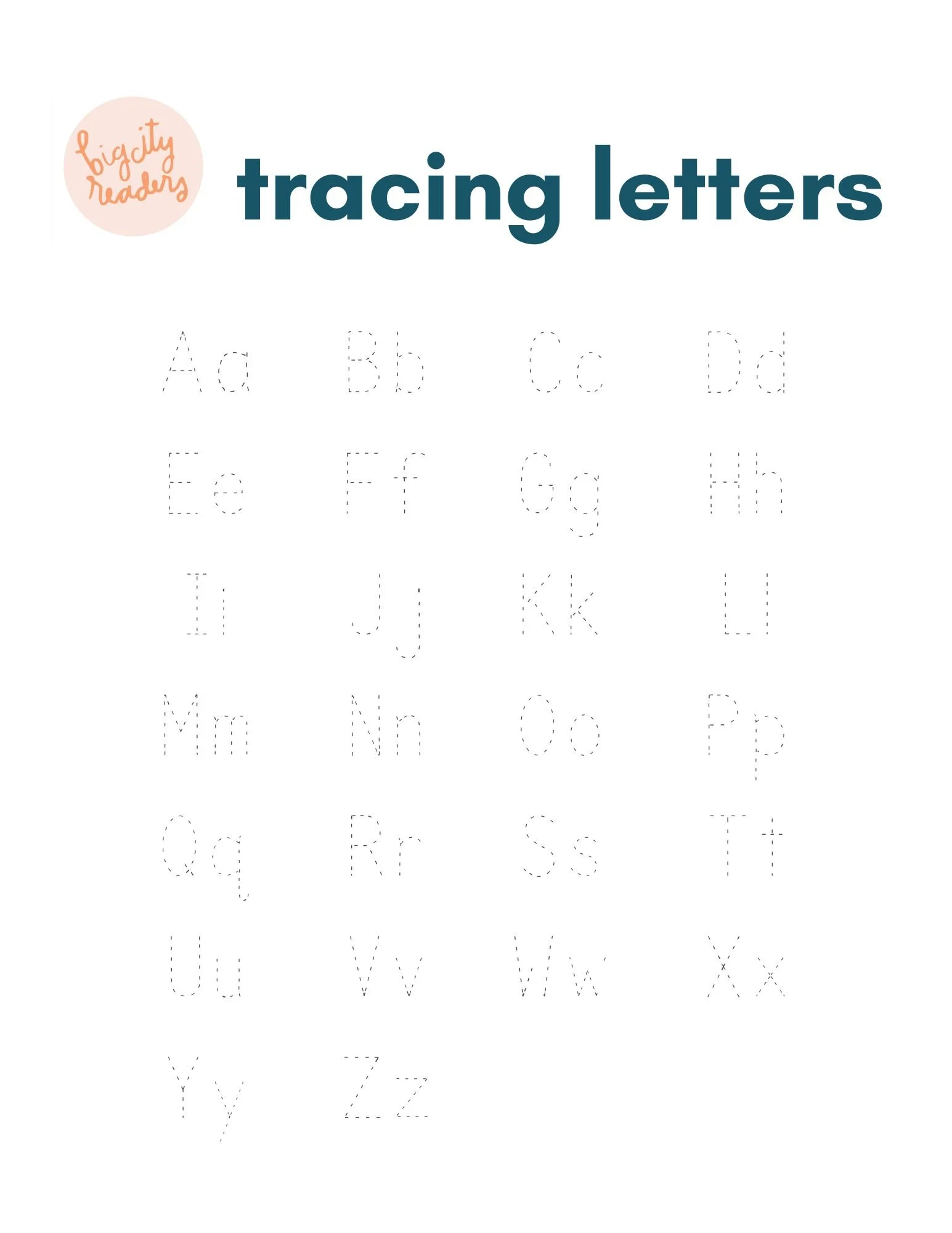Letter Recognition Activities: How To Teach Letters Effectively
Figuring out when to start letter recognition at home can be quite the puzzle for parents. Remember the thrill of recognizing those letters as a kid? It's a big leap toward reading! Figuring out when your little one is ready to transition from just singing the ABC song to understanding how phonics works can be quite a task. Believe it or not, if you're reading this, chances are your child is ready to take that step—and I'm here to guide you both through this exciting learning journey!
Luckily, with years of experience helping families navigate these waters, I’m here to sprinkle some fun into this crucial learning phase. So, grab your alphabet hats—it's time to make letter recognition as fun and effective as possible.
Welcome to Big City Readers!
Hello! I’m Miss Beth, founder of Big City Readers, where we take a dynamic approach to early childhood development. Here, we believe learning should extend beyond traditional methods. We engage children through the five building blocks of early literacy—reading, writing, singing, talking, and playing—along with the multisensory Orton-Gillingham method, which enhances learning through visual, auditory, and kinesthetic pathways.
What Parents Should First Understand: The Importance of Phonological Awareness
Phonological awareness is the ability to recognize and manipulate sounds in words and is a major predictor of reading success. Skills like recognizing rhyme and alliteration, segmenting sentences into parts, identifying syllables, and blending words together form the foundation for reading.
Teaching your child to recognize that "A is for the first sound I hear in the word ‘apple’," rather than just "A is for apple," helps them understand the multiple sounds in words, building crucial connections for reading.
The aim here is twofold: your child should not only spot letters but get to know the sounds behind them! This is what we call phonological awareness, and it’s a superpower in the making for budding readers. By linking letters with their sounds, we’re gearing up your kiddo to crack the code of words all by themselves, boosting their reading skills and ramping up their language game. This fun-filled approach turns learning to read into an exciting adventure!
Letter Recognition | How We Teach Preschoolers Their Letters & Sounds
Figuring out the best time to introduce letter recognition involves looking for certain developmental cues. Here are a few signs that your child might be ready to begin exploring letters:
Interest in Letters: When children show curiosity about letters, whether through books, puzzles, or noticing print in their environment, it's a good sign they are ready to learn more about letter shapes and names.
Recognition of Symbols: If your child starts pointing out letters or asking about them, it indicates they are beginning to differentiate symbols and understand that each has a name and sound.
Imitating Writing: Children who attempt to write or scribble and show interest in your writing activities are developing the fine motor skills and the cognitive connection needed for letter recognition.
What’s In A Name?
Focusing on the letters in their names is a fantastic way for kids to dive into the alphabet. It’s personal and engaging—after all, what’s more interesting to a child than their own name? By learning to recognize, sound out, and write the letters of their names, kids get a hands-on, meaningful way to practice their new skills. This personal touch not only makes learning more fun but also helps the lessons stick, turning a simple activity into a special part of their literacy journey.
Then, consider teaching the following: S, A, T, P, I, N.
We love kicking things off with: S, A, T, P, I, N! Why these letters, you ask? Well, they're some of the superstars of the English language, teaming up to create tons of simple words like "sat," "pin," "tap," and "nap."
Mastering these early on can really pump up your little one’s confidence and zest for reading. Early success with these simple words encourages continued interest and learning. These letters appear frequently in English and are phonetically straightforward, making them easier to learn.
FUN TIP: When I teach preschoolers how to write, I often start with the letter C for this exact reason. If you can write a C, you can also write C O A D G Q!
Why I Don’t Love Letter of the Week…
We've moved away from the "Letter of the Week" to a more engaging "Letter of the Day" approach. Each day introduces a new letter, allowing kids to learn its sound and both its uppercase and lowercase forms. Our teaching is straightforward and repetitive, reinforced by tactile activities like tracing letters in sand or molding them with play dough.
By focusing on just 5-10 letters at a time, we ensure thorough understanding before introducing more (no one likes to feel overwhelmed!), making the learning process effective and enjoyable!
Parents, You CAN Teach Letter Recognition at Home!
Incorporating letter recognition into your daily routine can be engaging and fun when you know how:
Alphabet Games: Simple games like letter matching, alphabet puzzles, or playing "I spy with my little eye something that starts with..." can make learning interactive.
Letter Crafts: Create letters using play dough, draw them in sand or with finger paints. These activities help reinforce letter shapes and names through tactile experiences.
Utilize Everyday Items: Point out letters on cereal boxes, signs, or in books during story time to make learning a natural part of everyday life.
Next Steps - Class in Session!
For Parents:
Raising Readers – A Parent Workshop Perfect for parents eager to boost their child's reading skills, this workshop demystifies the science of reading, offering practical, proven methods to make teaching reading both fun and effective. You'll learn science-backed techniques, gain confidence in supporting your child's literacy, and learn how to advocate effectively for their education. The workshop includes a 75-minute on-demand session that you can watch at your leisure.
For Kids:
Reading and Writing for Preschoolers – Ready to Read
Jumpstart your preschooler’s reading adventure with our Ready to Read course, perfect for ages three to five. In just five minutes a day, you can make reading a fun and integral part of your child's life. Our pre-recorded course lets you learn at your own pace, featuring Miss Beth's captivating read-alouds, playful songs and rhymes, and a treasure trove of downloadable resources.
Plus, you'll gain exclusive insights from Miss Beth on essential early reading skills like phonological awareness and print awareness, and tips on selecting the best books for early readers. These engaging activities are designed to fit seamlessly into your daily routine, fostering a deep love of reading and setting the stage for lifelong learning success.
Have Questions or Need More Support?
If you're looking for more strategies on integrating letter recognition into your daily routine, feel free to leave a comment below or visit our blog at bigcityreaders.com. Follow us on Instagram and TikTok at @bigcityreaders for daily literacy tips and resources!
Engaging your child in letter recognition is an exciting step in their educational journey. Join us in making learning a fun and enriching experience for your little one!
Do you have any questions on how the ABCs can be introduced into your home correctly? Let me know in the comments! And to keep up with the latest learning strategies for your family, check out my recent posts:








